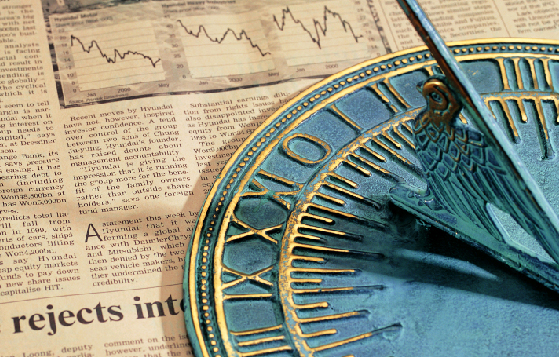Index Options
Hotline: (852) 3890 1688
Introduction

Compared with futures, options have more variety of combinations. Options can be classified into two types in general - call options and put options. Call options grant the right, but not the obligation, to buy the underlying assets at a predetermined price on or before the maturity date. Put options grant the right, but not the obligation, to sell the underlying assets at a predetermined price on or before the maturity date. Investors can choose to sell call options or put options in order to collect premiums, while they are obligated to buy or sell the underlying assets for settlement as options are exercised. There is no physical delivery for index options, therefore all the transactions are settled in cash.to buy the underlying assets at a predetermined price on or before the maturity date. Put options grant the right, but not the obligation, to sell the underlying assets at a predetermined price on or before the maturity date. Investors can choose to sell call options or put options in order to collect premiums, while they are obligated to buy or sell the underlying assets for settlement as options are exercised. There is no physical delivery for index options, therefore all the transactions are settled in cash.
Our company currently provides the following index options for trading:
● Hang Seng Index Options
● Mini Hang Seng Index Options
● H-shares Index Options
Type of Options
1. CallOptions
Purchasing Call Options (Long Call):
Expect the underlying index to go up. Buyers are required to pay the option premium, and no margin requirement is needed. Profit is subject to the potential profit on the index upside, and maximum loss is limited to the premium paid to the call options.


Selling Call Options (Short Call):
Expect the underlying index to go down with low volatility. Call option sellers receive option premium while they are required to meet the margin requirements set by the exchange. Profit comes from the received call premium, and the risk facing is the potential loss resulting from the index upside. Theoretically the maximum loss is infinity.
2. PutOptions
Purchasing Put Options (Long Put):
Expect the underlying index to go down. Buyers are required to pay the option premium, and no margin requirement is needed. Profit is subject to the potential profit on the index downside, and maximum loss is limited to the premium paid to the put options.


Selling Put Options (Short Put):
Expect the underlying index to go up with low volatility. Put option sellers receive option premium while they are required to meet the margin requirements set by the exchange. Potential profit comes from the received put premium, and the risk facing is the potential loss on the index downside. Theoretically the maximum loss is the total amount of the underlying index.
Hong Kong Futures Hotline
Telephone: (852) 3890 1688






